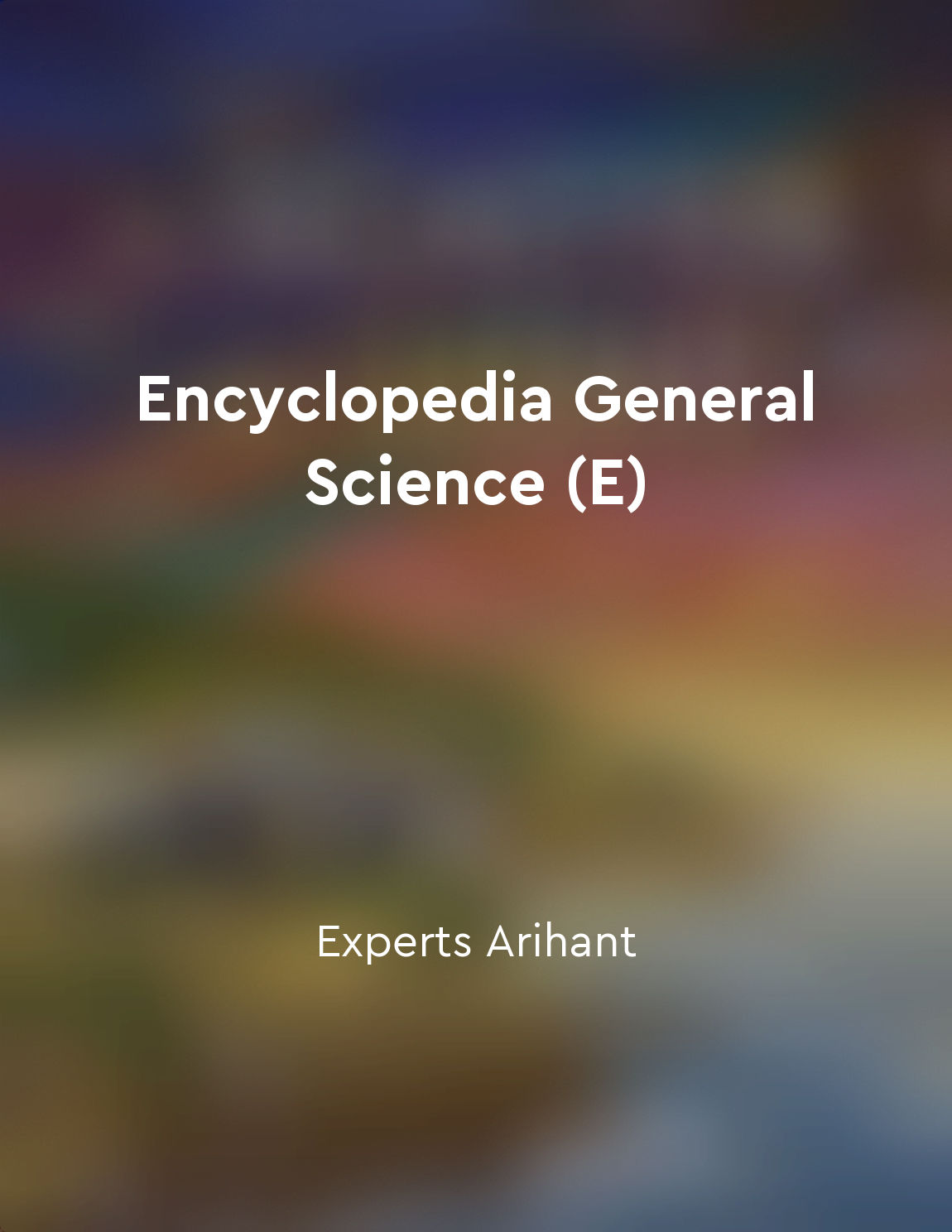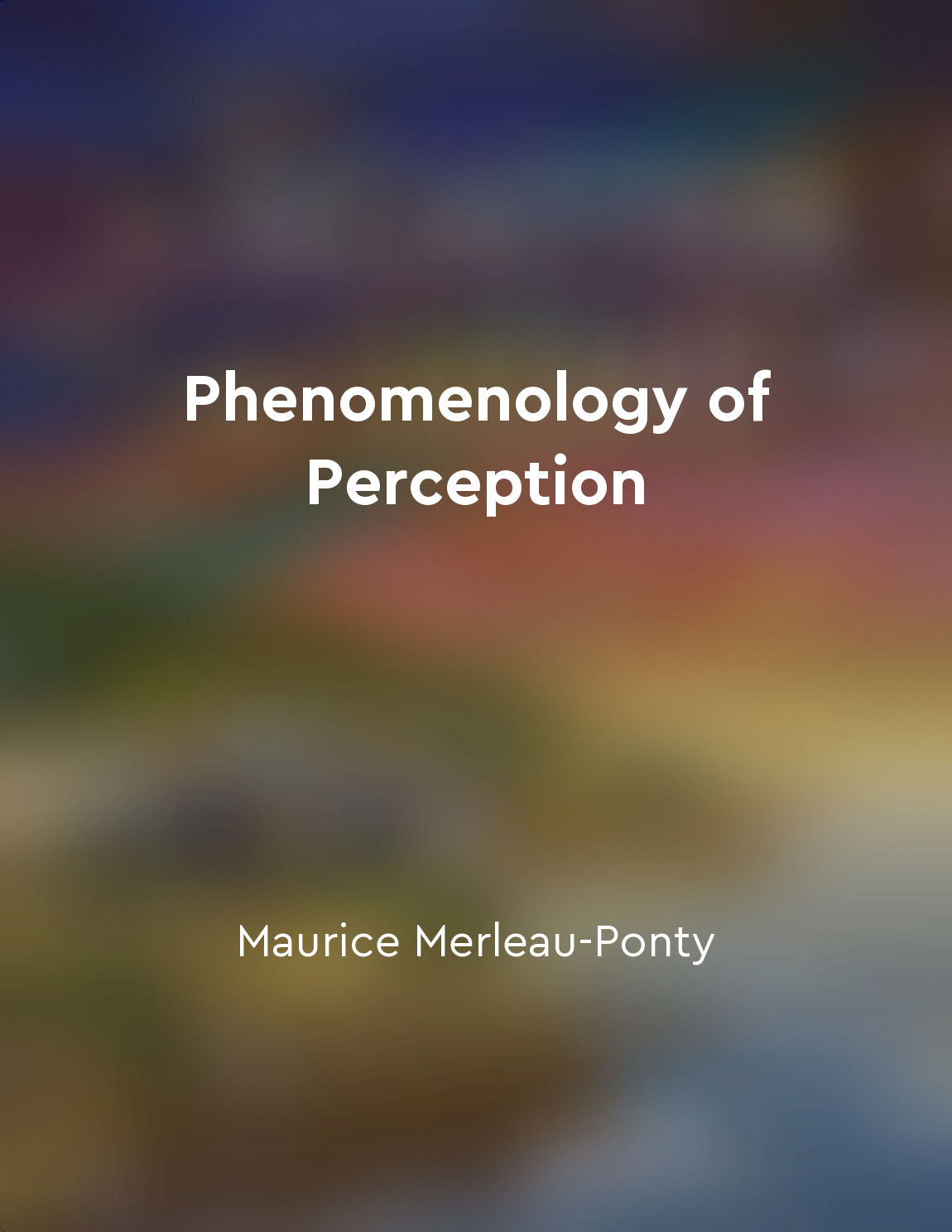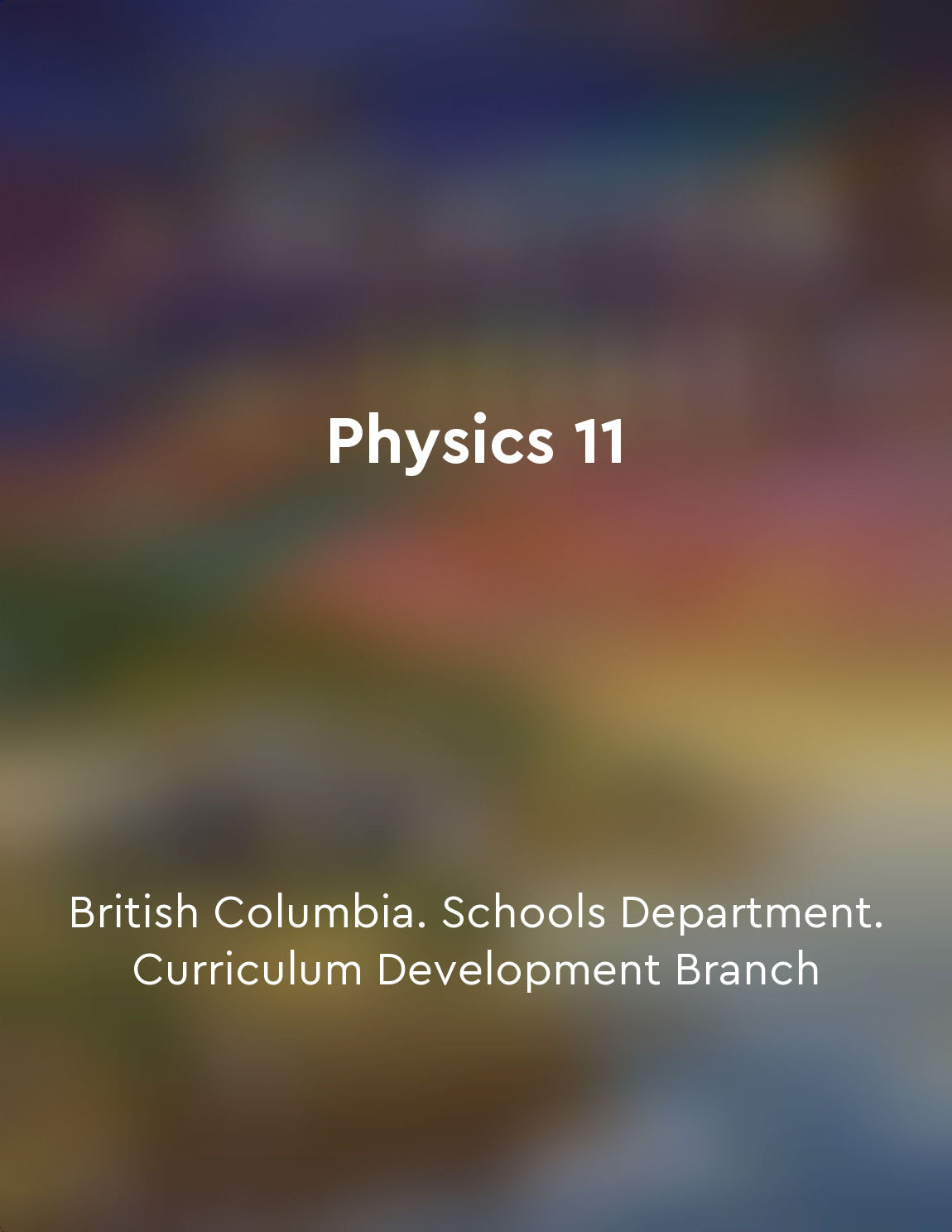Interactions between light and matter have observable effects from "summary" of Physics 11 by British Columbia. Schools Department. Curriculum Development Branch
Light is a form of electromagnetic radiation that interacts with matter in various ways. When light encounters matter, it can be absorbed, transmitted, or reflected. These interactions between light and matter result in observable effects that can be studied and understood through the principles of physics. One of the most common observable effects of the interaction between light and matter is the phenomenon of reflection. When light strikes a surface, it can bounce off in a different direction. This reflection of light is what allows us to see objects around us, as our eyes receive the reflected light and our brains interpret it as an image. Another observable effect of the interaction between light and matter is the phenomenon of absorption. When light is absorbed by matter, it can cause the atoms or molecules in the material to become excited. This excitation can result in the emission of light at a different wavelength, which we perceive as color. For example, when white light strikes a red apple, the apple absorbs all the colors of light except for red, which is reflected and gives the apple its red color. In addition to reflection and absorption, light can also be transmitted through certain materials. When light passes through a material, it can be refracted or bent, depending on the properties of the material. This bending of light is what causes objects to appear distorted when viewed through water or glass.- The interactions between light and matter have a wide range of observable effects that can be studied and understood through the principles of physics. By examining how light behaves when it encounters different types of matter, scientists and researchers can gain valuable insights into the nature of light and the properties of matter.
Similar Posts

Challenge assumptions to see anew
The world we perceive is not the world as it truly is. Our brains have evolved to create a version of reality that is useful fo...
Reality constructed
Reality is not a fixed entity that exists independently of us. It is, in fact, a construct that we create through our observati...
The study of exoplanets offers insights into potential earthlike worlds
The hunt for exoplanets - planets orbiting stars other than our Sun - has been a major focus of astronomers in recent years. By...

Physiology is the study of how living organisms function
Physiology, as a scientific discipline, delves into the intricate mechanisms governing the functioning of living organisms. It ...
Grappling with the implications of modern physics
Abraham Pais delves into the profound challenges posed by the advancements in modern physics, urging his readers to confront th...

The body is a source of knowledge and understanding
The body is not just a physical entity; it is also a site of knowledge and understanding. Our perception of the world is deeply...
Play with contrast to make your subject pop
When we talk about making your subject "pop" in a photograph, we're essentially referring to creating visual interest and empha...
He saw connections between art and science, using observation to fuel his creativity
Leonardo da Vinci possessed a unique ability to intertwine the worlds of art and science seamlessly. His keen sense of observat...
Practice selflove and acceptance
To live a life of fulfillment and abundance, it is essential to cultivate self-love and acceptance. This means embracing all as...

Overcoming limiting beliefs
One of the most important aspects of personal transformation is the ability to overcome the limiting beliefs that hold us back ...


